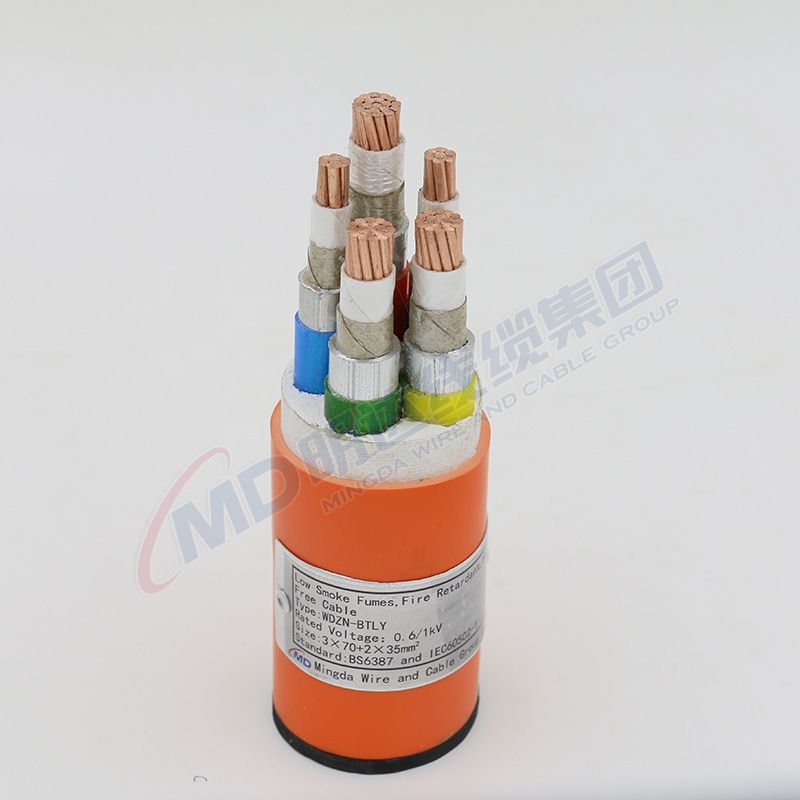Dec . 21, 2024 10:42 Back to list
wafer type silent check valve
The Importance of Wafer Type Silent Check Valves in Modern Engineering
In the realm of fluid control systems, the selection of the appropriate components is critical to ensuring efficiency, reliability, and safety. Among the many options available to engineers and designers, wafer type silent check valves have garnered significant attention due to their unique design and performance characteristics. These valves play a crucial role in various applications, from water treatment facilities to industrial piping systems, and understanding their benefits and operational principles can be advantageous for anyone involved in fluid dynamics or mechanical engineering.
What is a Wafer Type Silent Check Valve?
A wafer type silent check valve is a specific kind of check valve designed to prevent backflow in piping systems. Unlike traditional check valves, which are usually flanged, the wafer type is characterized by its compact design that is sandwiched between two flanges. This design minimizes the flow resistance and footprint of the valve, making it ideal for installation in tight spaces. The term silent refers to the valve's ability to close quietly, preventing the slamming action common in other types of check valves. This feature reduces noise pollution in both industrial and residential settings.
Operational Principle
The operational principle of a wafer type silent check valve hinges on the use of a disc that pivots on a hinge or a pivot point. During normal flow, the disc remains open, allowing fluid to pass through the valve unhindered. When there is a reverse flow or a sudden drop in pressure, the disc closes automatically due to the weight of the disc and the pressure differential created by the flowing fluid. This intelligent design ensures that the valve operates without the need for manual intervention, making it a reliable choice for automated systems.
Key Advantages
wafer type silent check valve

1. Space Efficiency One of the most significant advantages of wafer type silent check valves is their compact size. The wafer design allows for minimal space usage, which is crucial in environments with spatial constraints. This feature makes them an excellent choice for high-density installations.
2. Reduced Noise Levels As mentioned earlier, the silent operation of these valves is a considerable benefit. In applications where noise reduction is a priority—such as hospitals, residential buildings, and sensitive industrial environments—the wafer type silent check valve can contribute significantly to overall acoustic comfort.
3. Low Maintenance The design of the wafer type silent check valve involves fewer moving parts compared to traditional check valves. This means that there is less wear and tear over time, resulting in lower maintenance costs and reduced downtime, which can be economically beneficial for businesses.
4. Versatility These valves are compatible with a variety of fluids, including water, oil, and certain chemicals, which broadens their applicability across different industries. Their robust construction allows them to handle both low and high-pressure environments.
5. Ease of Installation The wafer type design simplifies the installation process. It can be easily inserted between two flanges without the need for additional fittings or modifications to the pipeline, thus reducing installation time and costs.
Conclusion
Wafer type silent check valves represent a significant advancement in the field of fluid control technologies. Their unique design, operational efficiency, and sound-dampening features make them an excellent choice for a wide array of applications. As industries continue to develop and optimize their processes, the importance of selecting the right components—such as wafer type silent check valves—will only increase. Understanding their benefits and applications can assist engineers and decision-makers in making informed choices that enhance system performance and reliability. Ultimately, the integration of innovative components like these valves is key to achieving sustainable and efficient engineering solutions in today's complex fluid management systems.
Share
-
Reliable Wafer Type Butterfly Valves for Every IndustryNewsJul.25,2025
-
Reliable Flow Control Begins with the Right Ball Check ValveNewsJul.25,2025
-
Precision Flow Control Starts with Quality ValvesNewsJul.25,2025
-
Industrial Flow Control ReliabilityNewsJul.25,2025
-
Engineered for Efficiency Gate Valves That Power Industrial PerformanceNewsJul.25,2025
-
Empowering Infrastructure Through Quality ManufacturingNewsJul.25,2025